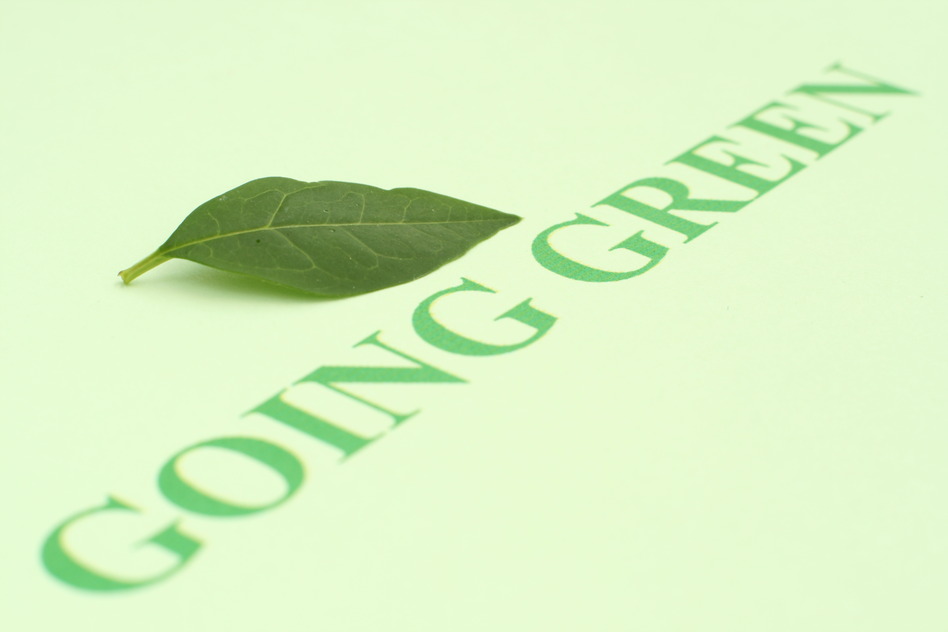
Lately, I’ve been thinking about living greener. It seems as if there’s a better option for just about everything I could do in my home. What are some of the first steps involved in going green? — Meg
Great question, Meg. There are many ways you can go green. In fact, there are quite a few ways to go green that are pretty easy. It’s probably easier to take some of these incremental steps than it would be to try and live off the grid right off the bat.
While it’s not a comprehensive list, here are 4 quick tips for living greener.
Switch Out Your Cleaners
Many cleaning supplies, even ones listed as “green” have chemicals that can cause health problems. If used incorrectly or excessively, they can lead to respiratory problems, headaches, and allergic reactions.
Consider using natural alternatives like baking soda, white vinegar, lemon juice, and club soda.
Baking soda is mild enough to use on most home surfaces. It might take a little bit more elbow grease to get everything clean, but it’s a less harsh agent than its chemical counterparts. Even traditionally difficult cleaning surfaces such as toilets and showers will get clean with a mixture of baking soda and vinegar.
Due to its level of acidity, white vinegar is also an excellent option for killing most mold, germs, and bacteria. Again, a mixture of baking soda and vinegar does the trick for most surfaces.
When it comes to the kitchen, it’s a good rule of thumb to avoid mixing chemical cleaners and food. This is where lemon juice is a good idea. Combining lemon juice and salt creates a mixture that has sink-cleaning capabilities. Cutting up a lemon into small pieces and throwing it into the garbage disposal does a good job of eliminating foul odors.
Lastly, club soda works well as a stain remover and a polisher. Pour club soda on fabric stains and then scrub gently. Also, if you enjoy cooking with cast iron, pour some club soda on the warm pan when you’re done so it can avoid sticking.
Pipe Insulation
The pipes running from your water heater, especially in older homes, are not insulated. As a result, the hot water that runs from the heater loses its temperature quickly, forcing the heater to work extra hard to deliver hot water. Pipe insulation is relatively cheap and saves you a lot of money in energy efficiency.
Pest Control
For the same reason we don’t want to be inhaling chemical cleansers, indoor pesticides also pose a problem. The most important step, here, is to be preventative. Know the pest you are dealing with; block their path into your home with barriers; eliminate the food sources they are searching for. And when it comes to using a product, there are some non-toxic alternatives.
Paint
Advances in eco-friendly paint mean that going green doesn’t necessarily mean sacrificing color or quality. Now, it’s much more likely you’ll be able to get a paint that has good coverage, vibrant colors, durability, and longevity. Additionally, the rise in companies offering zero VOC paint gives you the ability to choose to your exact specifications.
If it’s not perfect, there are partially green options to consider as well.
Hopefully, some of these ideas can give you a head start in your green lifestyle, Meg. There’s a lot out there but it’s great to just get started. If you have any questions or need any help, let us know!
Have a question for Careothers? Ask him at AskCareothers@TendHome.com.

Recent Comments